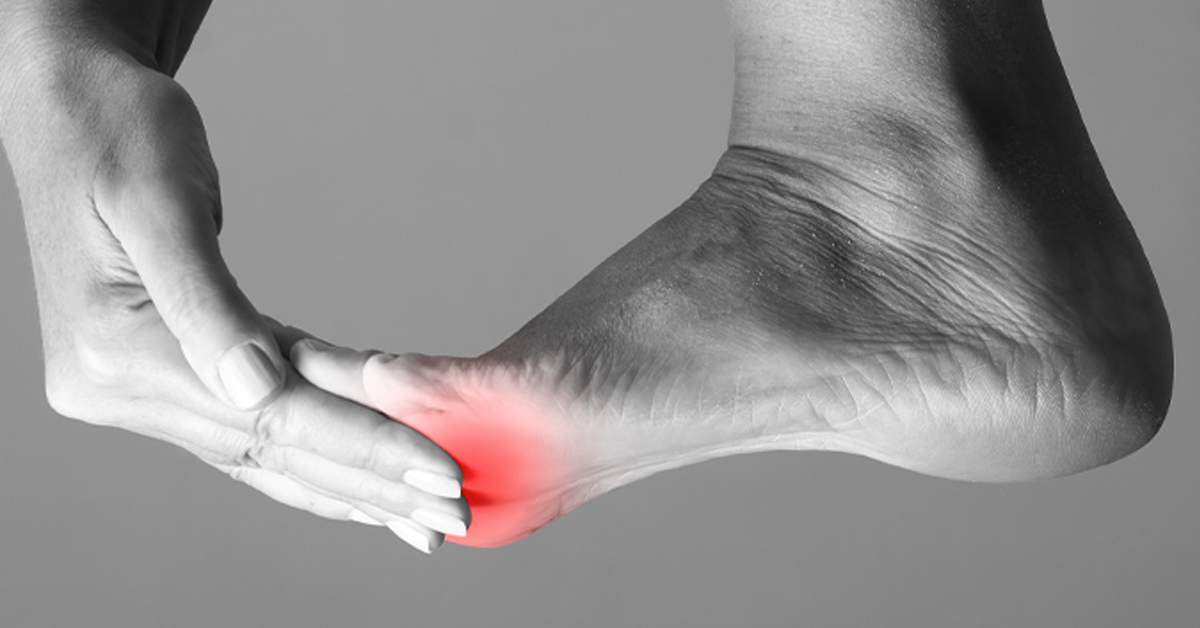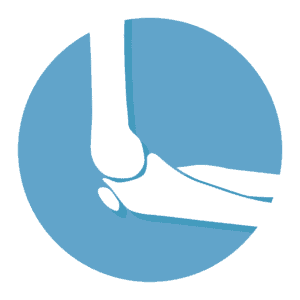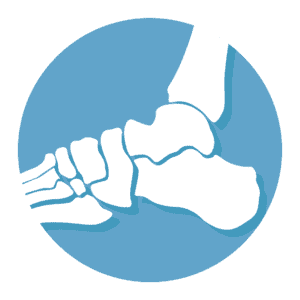
What is Charcot Neuroarthropathy?
Charcot neuroarthropathy is a rare complication of diabetes mellitus where there is progressive degeneration of the joints. It commonly affects the middle of the foot and the ankle, although other joints may also be affected. It occurs in both men and women and is often seen after the age of 40. It is also called diabetic neuropathic osteoarthropathy and neuropathic arthropathy.
What causes Charcot Neuroarthropathy?
Diabetes, both type 1 and type 2, is the most common cause of Charcot neuroarthropathy. Other more rare causes include alcohol abuse, leprosy, tertiary syphilis, multiple sclerosis, and a neurological condition affecting the spinal cord called syringomyelia. Trauma can also lead to Charcot neuroarthropathy.
The underlying cause for Charcot neuroarthropathy is peripheral neuropathy, which is a loss of function of the nerves in the periphery of the body. Alterations in blood flow to the joints, along with thinning of the bone, also contribute to its development and are directly linked to peripheral neuropathy. If a closer look is taken as to what occurs within the joint, it is clear that there is evidence of inflammation within the joint.
Symptoms and Diagnosis
Patients typically present with a swollen, painful foot. The foot is warmer to the touch than normal, indicative of underlying inflammation. Foot ulcers may be present, although this is not always the case.
Diagnosis is usually made from a clinical history of diabetes and clinical examination. There are no specific blood tests that can help diagnose this condition, but imaging tests such as x-rays are useful.
X-ray can be normal at very early stages, but as the disease progresses there may be signs off thinning of the bones and sometimes even a fracture. MRI scan are excellent at picking up early signs of Charcot neuroarthropathy, and being used a lot more these days. Certain specialist scans, such as a positron emission tomography, or PET scan, may be performed if required.
How is Charcot Neuroarthropathy treated?
The aim of the treatment is to keep the foot stable and immobilized in the early stages. This is the main form of treatment. A cast may be applied initially to achieve this, although later on, a supportive splint or brace may be offered.
As the bones are thinned out, patients may be started on a group of drugs called bisphosphonates. These drugs help build up bone mass and increase bone strength by retaining calcium within the bone.
In cases where there is significant foot deformity, patients may have to undergo surgery to correct this.








